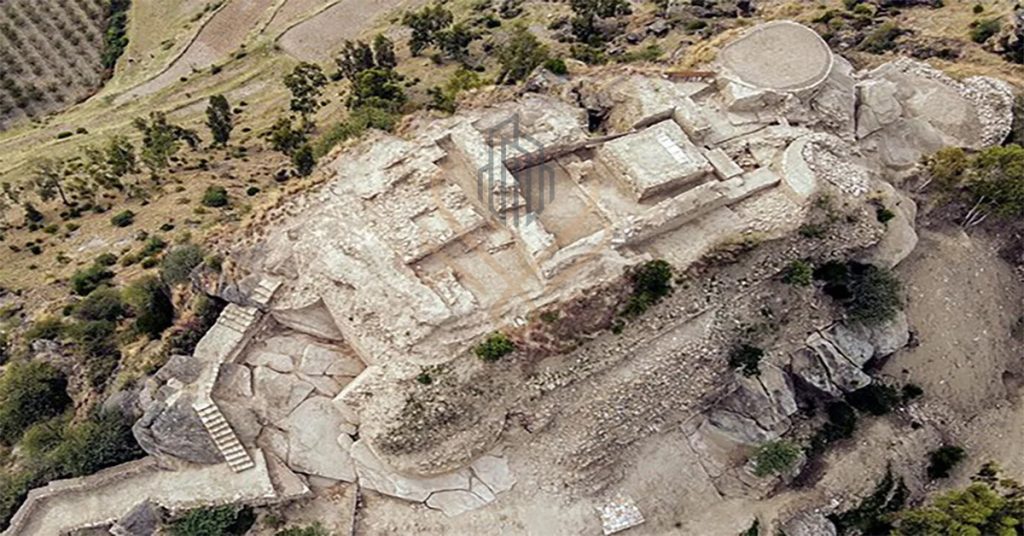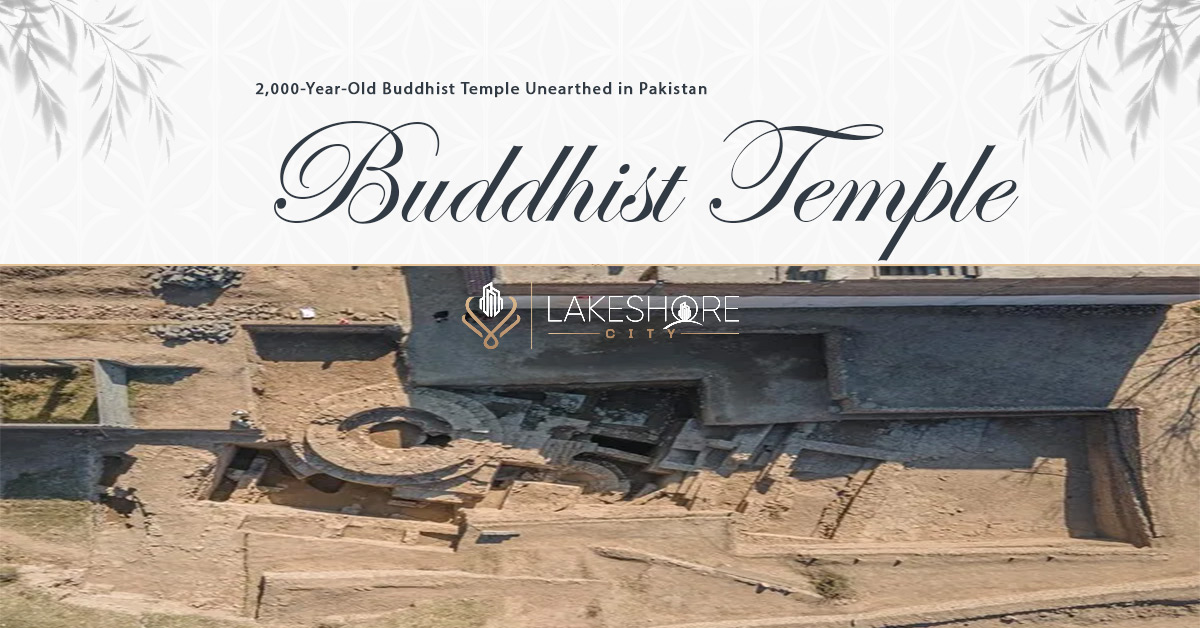According to the Hindustan Times, a Buddhist temple dating back to the first couple of millennia CE has been discovered in the Swat Valley of northwest Pakistan.
The assertion claims the building at Barikot was constructed in the 2nd century B.C.E. It was constructed on top of an even older Buddhist temple that may have been established as early as the third century B.C.E., or just a few hundred years after the death of Buddhism’s founder, Siddhartha Gautama, who lived from 563 to 483 B.C.E.
The dig was organized by the International Association for Mediterranean and Oriental Studies (ISMEO) and led by archaeologist Luca Maria Olivieri of Venice’s Ca’ Foscari University. Location of the excavation takes place in the historical region of Gandhara, which Encyclopedia Britannica described as “a trade crossroads and cultural meeting place between India, Central Asia, and the Middle East.” Throughout the first millennium B.C.E., Hindu, Buddhist, and Indo-Greek dynasties all took turns ruling over Gandhara, according to the Deutsche Presse-Agentur (DPA).
The temple’s remains are around ten feet in height; they include a raised platform used for religious ceremonies and the base of a stupa, a type of dome commonly seen atop Buddhist temples and other places of worship. The temple’s zenith had a frontal, smaller stupa, a monk’s cell, the pedestal of a column or pillar, a stairway, vestibule chambers, and a public courtyard that looked out onto a road.
According to the statement, “the discovery of a great religious monument created at the time of the Indo-Greek kingdom testifies that this was an important and ancient center for cult and pilgrimage,” written by Olivieri. Swat was a Buddhist holy site even back then.
Coins, jewelry, figurines, seals, ceramic shards, and more were discovered alongside the temple. The earthquake in the third century C.E., as stated in the declaration, was likely the cause of the temple’s abandonment.
The ancient Greek and Latin names for Barikot are “Bazira” and “Beira.” Evidence from the past places the town’s founding about 327 B.C.E., or roughly contemporaneous with Alexander the Great’s invasion of what is now Pakistan and India. The town of Barikot served as a “breadbasket” for the Macedonian leader, as its microclimate allowed for the harvest of grain and rice twice yearly.
After Alexander’s death in 323 B.C., his generals quickly began dividing up his captured provinces. From roughly 321 to 185 B.C.E., the Mauryan Empire ruled over most of Asia, including Gandhara.


The Swat Valley has been the site of archaeological excavations by Italians since 1955. Since then, archaeologists in Barikot have uncovered two more Buddhist temples on a path that once went from the city’s hub to its gates. Based on their findings, the team surmised that they had stumbled onto a “street of temples,” as noted in the announcement.
By the time of Menander I, around 150 C.E., Buddhism had spread throughout Gandhara, albeit it was possibly only followed by the ruling class. The Kushan Empire, which included Afghanistan, Pakistan, and northern India from 30 to 400 C.E., is credited with transforming Swat into a hallowed Buddhist center. Gandharan art at the time was renowned for its Greco-Buddhist style, which incorporated Greek aesthetics into the depiction of Buddhist themes.
Our Featured Article:
Read More: Art and History Unite | Rawalpindi Arts Council’s Gandhara Festival
Don’t miss the chance to invest with Lakeshore! Secure your investment today by investing your financial investment with Lakeshore in the following available options like Lakeshore City, Lakeshore Club, and Lakeshore Farms.
For More updates, please Contact +92 335 7775253 or visit our website https://lakeshorecity.com/
Lakeshore City is the upcoming elite lifestyle at Khanpur Dam. Offering no parallel amenities for the members and owners of distinguished farmhouses.
Become Part of Luxurious Lifestyle
Contact: 0335 7775253



